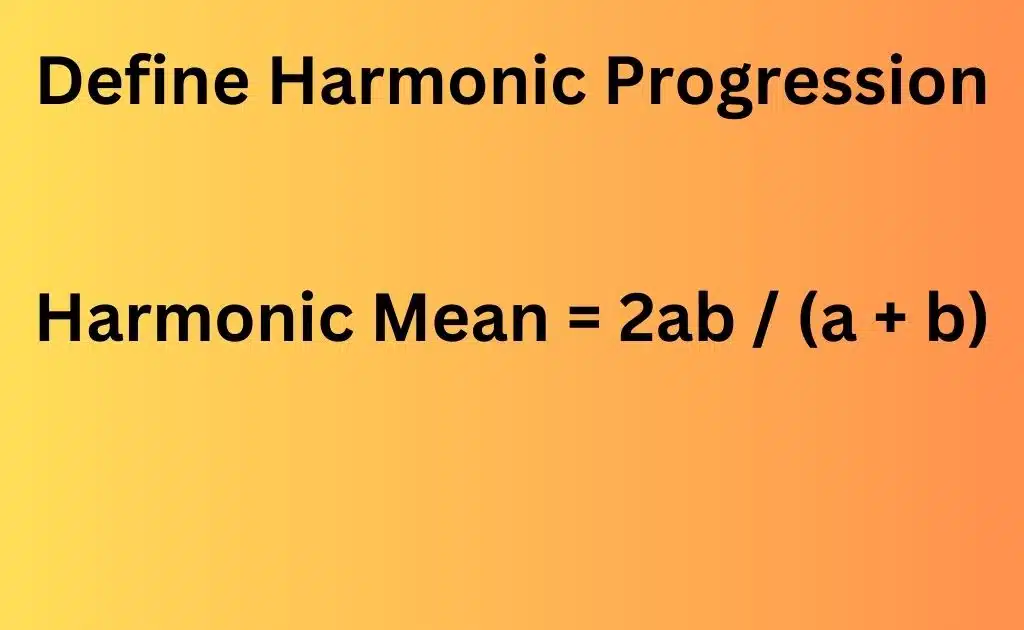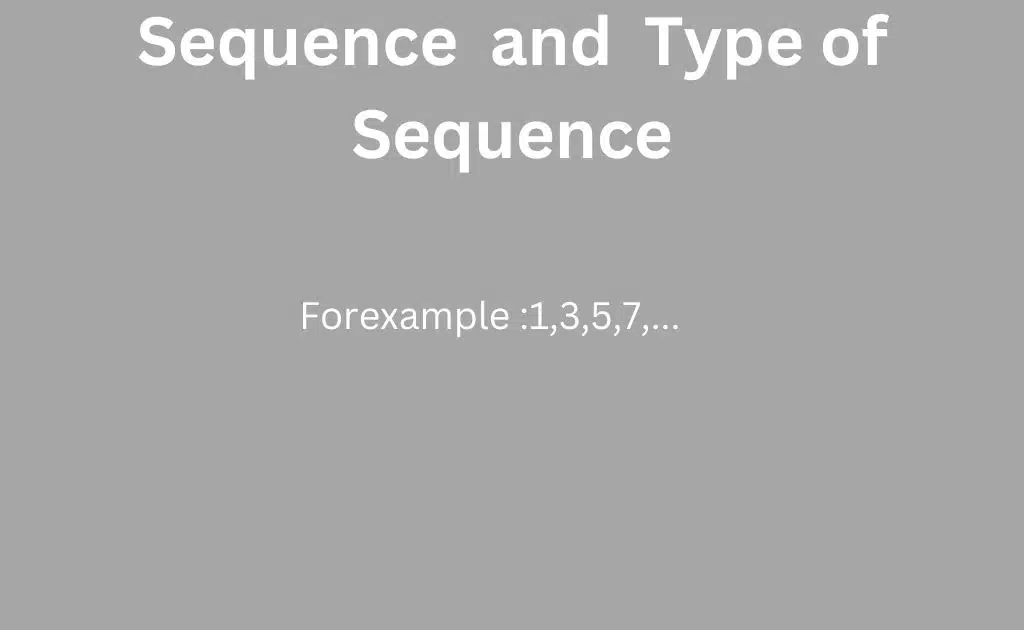Sequence-Finite Sequence and Infinite Sequence
A sequence is an ordered set of numbers formed according to some definite rule. As the members of a sequence are in a definite order, correspondence can be established by matching them one by one with the numbers 1, 2, 3, and 4, ….
For Example:
If the sequence is 1, 4, 7, 10, …, nth member, then such a correspondence can be set up as shown below
Position The member of the sequence
1 ———————–> 1
2————————> 4
3 ————————>7
4 ———————–> 10
. .
. .
n ————————> Nth member
Thus a sequence is a function whose domain is a subset of the set of natural numbers. A sequence is a special type of function from a subset of N to R or C.
Real Sequence
If all members of a sequence are real numbers then it is called a real sequence.
Complex sequence:
Thus a sequence is a function whose range is a subset of complex number than is called a complex sequence.
Sequences are usually named with the letters a, b, and c,.. and n is used instead of x as a variable. If a natural number n belongs to the domain of a sequence a, the corresponding element in its range is denoted by an.
For convenience, a special notation an is adopted for a(n) and the symbol {an} or a1, a2, a3,…, an is used to represent the sequence a.
The elements in the range of the sequence {an} are called its terms; that is, a1 is the first term, a2 the second term, and an the nth term or the general term.
Example
The term of the sequence {n + (-1)n} can be written by assigning to n, the values 1, 2, 3,… If we denote the sequence by {bn}. then
bn = n + (-1)n and we have
n=1
b1 = 1 + (-1)1 = 1 -1 = 0
n=2
b2 = 2 + (-1)2 = 2 +1 = 3
n=3
b3 = 3 + (-1)3 = 3 -1 = 2
n=4
b4 = 4 + (-1)4 = 4 +1 = 5 etc
If the domain of a sequence is a finite set, then the sequence is called a finite sequence otherwise, an infinite sequence.
Finite Sequence
If the domain of a sequence is finite then the sequence is finite.
For example:
(1) 1, 4, 9, …. 12
(2) 1, 3, 5, …21
Infinite Sequence:
If the domain of a sequence is unlimited then the sequence is called an infinite sequence.
An infinite sequence has no last term
For example:
(1) 1, 3, 7, …….
(2) 1, 6, 20, …
For example:
Write the first four terms of the following sequence if
an=2n-3
Solution: put n=1,2,3,4
n=1
a1=2(1)-3
a1=2-3
a1=-1
n=2
a2=2(2)-3
a2=4-3
a2=1
n=3
a3=2(3)-3
a3=6-3
a3=3
n=4
a4=2(4)-3
a4=8-3
a4=5
The first four terms are
-1,1,3,4
For example:
Find the indicated terms of the following sequence.
2,6,11,17,…….a7
Solution:
a1=2
a2=a1+4=2+4=6
a3=a2+5=6+5=11
a4=a3+6=11+6=17
a5=a4+7=17+7=24
a6=a5+8=24+8=32
a7=a6+9=32+9=41
2) 1,3,12,60,….a6
Solution: a1=1
a2=a1x3=1×3=3
a3=a2x4=3×4=12
a4=a3x5=12×5=60
a5=a4x6=60×6=360
a6=a5x7=360×7=2520
Frequently Asked Question-FAQs
What is sequence and example?
A sequence is an ordered, numbered list where the three dots (…) mean to continue forward in the pattern established. Each number in the sequence is referred to as a term; for example, in the sequence 1, 3, 5, 7, 9 … 1 is the first term, 3 is the second term, 5 is the third term, and so on.
what is Real Sequence?
If all members of a sequence are real numbers then it is called a real sequence
what is Complex sequence?
Thus a sequence is a function whose range is a subset of complex numbers than is called a complex sequence.
What is finite sequence example?
A finite sequence is a sequence that contains only a finite number of terms – for example, 1, 2, 3, 4, 5.
What is infinite sequence?
If the domain of a sequence is unlimited then the sequence is called an infinite sequence.






Leave a Reply